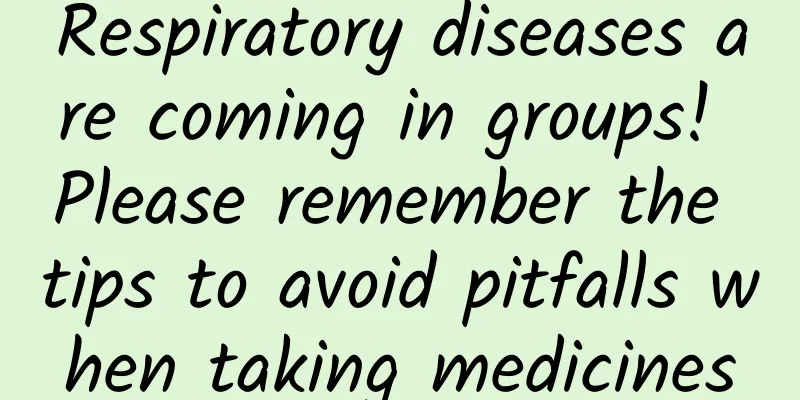60 Years After Silent Spring, Are Birds Better Protected?

|
Image source: pixabay We can still heed Rachel’s call to save biodiversity. By Naomi Oreskes Translation | Porco Rosso Rachel Carson’s classic bestseller Silent Spring about ecological threats set off a wave of environmental protection in the United States. In 1972, the newly established US Environmental Protection Agency decided to ban the use of the pesticide DDT, which was also directly influenced by this book. Ernest Gruening, one of the first two senators from Alaska, praised Carson’s work for “changing the course of history.” With the 60th anniversary of Carson’s introduction to the public six decades ago, when Silent Spring was serialized in The New Yorker, it’s perhaps a good time to consider whether the book has achieved its primary goal: protecting wildlife, especially birds. Carson talks about a complex and technical subject (the destructive effects of continued pesticide use), but she uses a simple and poetic image to express it: a spring without birds singing. She asks us to imagine: What would the world be like if we woke up in the morning and there were no birds singing around us? Carson's writing is elegant and makes people feel lost. But have we made changes in our lives in response to Carson's reminder? With a few exceptions, we haven’t been very successful, and neither have birds. In 2019, a major study led by Kenneth V. Rosenberg, an ornithologist at Cornell University, showed that North America had lost 29% of its bird species since 1970. The study was notable for its breadth: It incorporated data on dozens of bird species and the various biomes they inhabit, and used different methods to verify the numbers, and an article published by the Audubon Society called the results a “sobering picture,” saying it revealed a widespread bird decline. Grasslands were the hardest hit, with the loss of more than 700 million breeding birds recorded—a drop of more than 50%. The net death toll reached nearly 3 billion birds, a figure that has spurred a movement to figure out what people can do to save them. (Two of the most important: paper windows and keep cats indoors.) Looking at these numbers, it’s easy to conclude that Carson may write a good article, but she hasn’t succeeded in protecting birds. Moreover, the decline of birds is only part of the huge loss of global biodiversity caused by humans. According to the Intergovernmental Science-Policy Platform on Biodiversity and Ecosystem Services (IPBES), more than 40% of amphibian species, nearly 33% of reef-forming corals, and more than a third of marine mammals are threatened. Adding them all up, biologists estimate that more than 1 million species are at risk of extinction. This also threatens human well-being. IPBES said that “around the world, the foundations of our economies, livelihoods, food security, health care, and quality of life are being eroded by us.” The 2019 bird study, while grim, shows that the cause of protecting biodiversity (and thereby protecting ourselves) is not lost. The scientists involved paint a bleak picture, but one important exception is wetlands (and the waterbirds that inhabit them). There, bird densities increased by 13%. What is the difference between wetlands and other ecological areas? One difference is that wetlands have long been isolated from excessive industrial activity. Wetlands receive a variety of protections from laws ranging from federal to state to tribal. Some of these laws focus on wetlands because of their diverse ecological values. Other laws protect wetlands because of their importance to shipping, commerce, fisheries, flood control, and water supply. For example, the Rivers and Harbors Appropriation Act of 1899 listed wetlands as part of navigable waterways. Another encouraging exception is birds of prey, and the majestic bald eagle falls into that category. The raptor population has increased by 15 million. When Carson wrote his book, the bald eagle was on the brink of extinction, but has since recovered, in large part because of the ban on DDT. Scientists have documented the current threats to biodiversity. And their data show that if we act on this information, we can change the outcome. Source: Global Science WeChat Official Account |
<<: Today, we pay tribute to these bright stars.
>>: Compared with Voyager 1, Voyager 2 has been almost forgotten. Where is it now?
Recommend
A new game restriction calendar for minors is available! How can parents effectively manage their children’s internet and gaming time during holidays?
Winter vacation is here Game platforms have relea...
The efficacy and function of wolf throat
The medical value of wolf throat is beyond our im...
Hey, are you ready to welcome the little cutie~ The baby koala is born!
I guess everyone already knows it~ Our little Liu...
Let’s go and knit a sweater for the penguin!
Some time ago, a netizen @Michelangelo posted a m...
Why does this new material developed from "chemical disorder" become a "treasure alloy"?
Recently, the article "Liquid Metal for the ...
Method and efficacy of drinking Lingzhi tablets soaked in water
There are many patients who drink Lingzhi slices ...
Tumors grow after eating Lingzhi
Tumor problems often occur in people's bodies...
Is the quantum measurement problem a problem?
The problem of quantum measurement is an unavoida...
[Creative Cultivation Program] Will eating soy cause early puberty or cancer? Don’t worry, eating more soy has “billions” of benefits!
Author: Xue Qingxin Reviewer: Zhang Jiguo Many pe...
The efficacy and function of Taibai rice
What are the functions of Taibai rice? As a tradi...
Why do airplanes run on kerosene, cars run on gasoline, trucks run on diesel, and ships run on heavy fuel oil?
Why do airplanes run on kerosene, cars run on gas...
What are the functions and effects of Panax notoginseng?
The effects and functions of Panax notoginseng ar...
Is "Ice Silk" bedding a "tax on IQ"? How should bedding be selected?
gossip "Ice silk fabric is a tax on IQ?"...
Can eating konjac help you lose weight? Pay attention to these two points!
01 Why is konjac so low in calories? Konjac has a...
Will I get a sore throat if I take Chinese medicine?
Now in our daily life, when many people are sick,...









